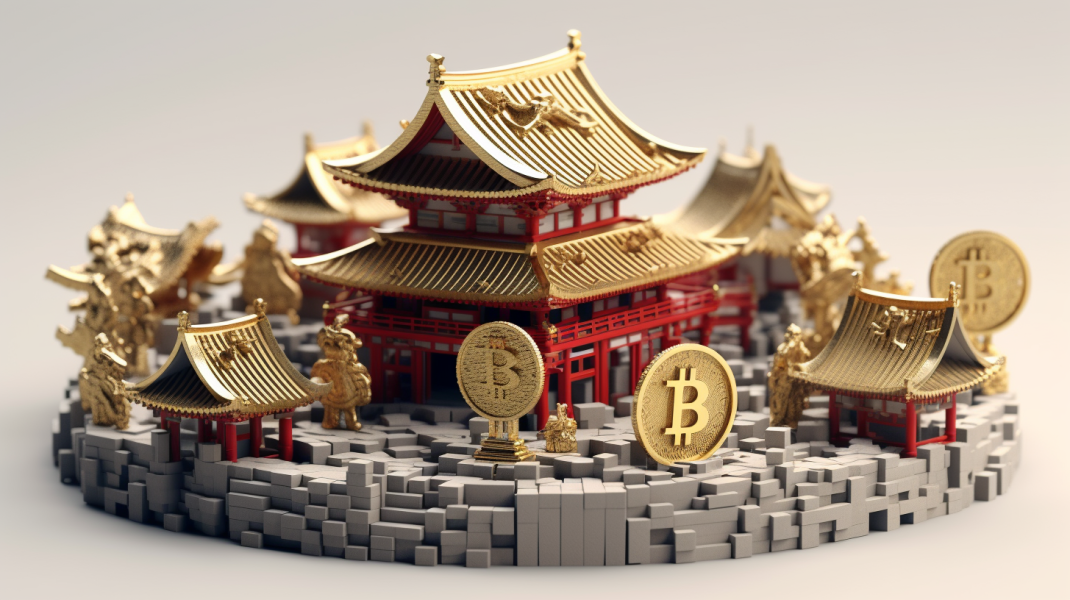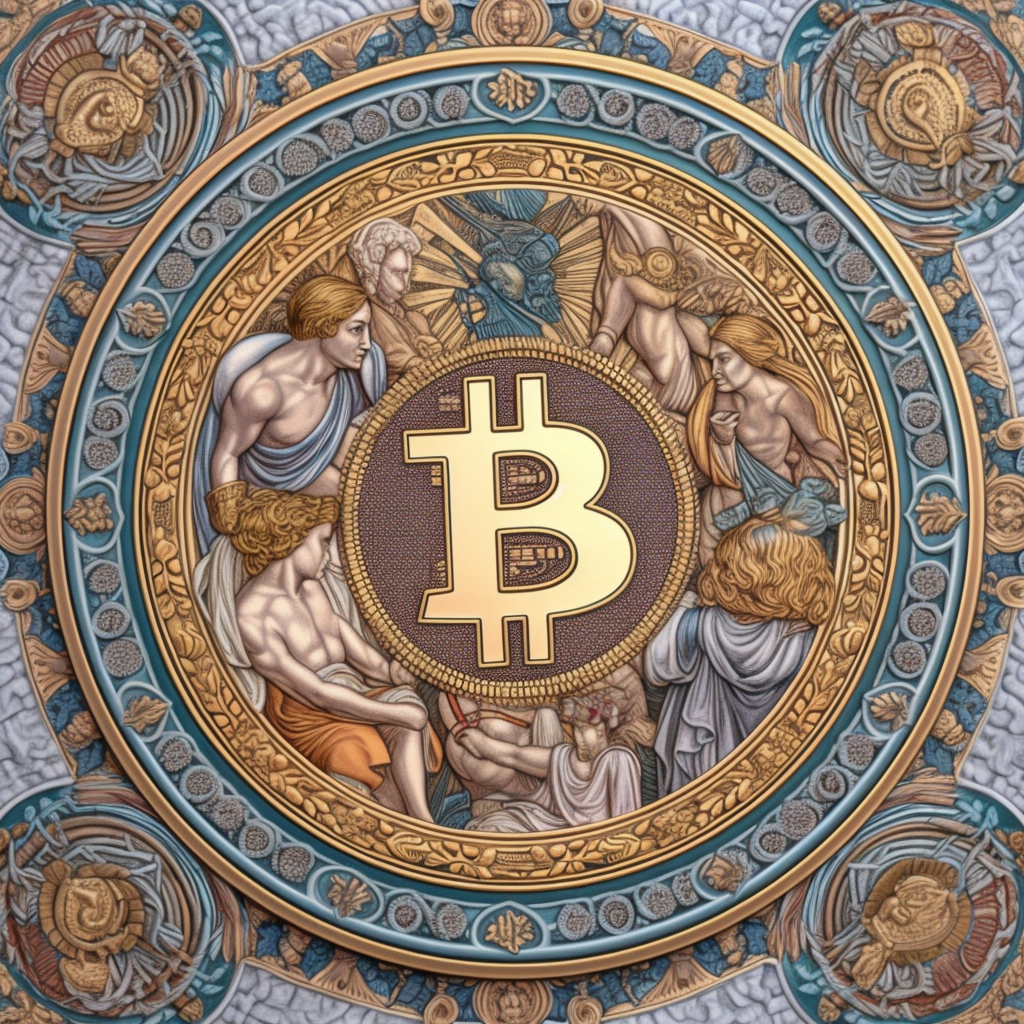
4 minute read
THE DEBAUCHERY OF CURRENCY - A Bloody History of Money
LEDGER MONEY
History is full of stories about how money is earned, spent, and lost. Aesop’s Fables and religious proverbs have conveyed financial wisdom to children and adults for centuries. Yet almost no stories exist that explain where money comes from. That is because, for thousands of years, money came from the ground in the form of gold. Paper money and electronic money, as we know it today, are relatively recent inventions. Unless you have taken a course in finance, you have not likely been taught the truth about the origins of modern money.
Advertisement
The Kabunakama System
The Edo period of Japanese history lasted from 1603 to 1868. It was a time of relative stability and prosperity, marked by the rule of the Tokugawa shogunate, a military government that ruled Japan from the city of Edo (modern-day Tokyo). The Edo period saw significant developments in politics, economics, culture, and society, and it played a key role in shaping the modern-day Japan we know today.
During the 16th and 17th centuries in Japan, gold and silver were not readily available in large quantities within the country. Most of the gold and silver used in Japan during this time were imported from other countries through trade, primarily from China and Portugal. Gold and silver were highly valued and often used as a store of wealth or a means of exchange. Gold was used primarily for high-value transactions, such as the payment of taxes or the purchase of luxury goods, while silver was more commonly used for everyday transactions, such as the purchase of food or other necessities. However, the value of the coins was subject to a high degree of fluctuation largely because there was such a limited supply of precious metal in the country.
To address these issues, the Kinsei Reforms established a fixed exchange rate between gold and silver coins, with one Koban (the standard gold coin) equal to ten Ryō (the standard silver coin). This exchange rate was based on the prevailing market value of gold and silver at the time, and it was periodically adjusted to reflect changes in the global economy and the supply of precious metals.
Under these conditions, the kabunakama system emerged. It allowed farmers and merchants to bypass the centralized control of the shogunate and conduct transactions on their own terms. The kabunakama system was a credit-based system that was used in rural Japan during the Edo period (1603-1868) and into the Meiji period (1868-1912).
Instead of using physical currency to conduct transactions, farmers and merchants recorded their transactions in paper ledgers, which were maintained by local merchants or moneylenders.
The kabunakama system worked by allowing farmers and merchants to open an account with a local merchant or moneylender. When a farmer or merchant needed to purchase goods or borrow money, they would have their account in the ledger credited, and when they sold their crops or products, their account would be debited. In this way, the kabunakama system allowed transactions to take place without the need for physical currency, which was often in short supply in rural areas.
Its flexibility made the kabunakama system a popular alternative to the more formalized banking systems that were in use in urban areas. Borrowing and lending took place without the need for collateral or formal credit checks. It relied heavily on the maintenance of accurate ledgers, which were carefully monitored to prevent fraud and ensure that all transactions were recorded accurately.
The kabunakama system provides an instructive example of how a monetary system can be created without a formal regimented structure, using nothing but agreements, ledgers, and trust.
Bitcoin is a modern, electronic version of this system.










